Preview: upcoming research into philanthropic strategies for biodiversity
Biodiversity loss is accelerating, and with it, we’re losing the natural systems that sustain life on Earth. From carbon storage to clean water and pollination, ecosystems provide critical services that are under growing threat.
This year, Giving Green was approached by a philanthropist—who prefers to remain anonymous—seeking expert guidance on how to fund highly effective strategies to address biodiversity loss. Concerned that the issue receives less attention and funding than climate change, they wanted to make a meaningful contribution but lacked the time and technical background to assess the landscape on their own.
Our partnership formed the basis for this new research initiative: identifying high-impact philanthropic strategies to protect biodiversity and the ecosystem services it supports. Our work is designed to move beyond fragmented efforts, targeting systemic drivers of biodiversity loss.
The philanthropic opportunity to advance biodiversity conservation
Despite the urgency of biodiversity loss, philanthropy remains a relatively small player in the space. According to Paulson Institute, foundations and NGOs contribute an estimated $1.7 to $3.5 billion USD annually—far less than government budgets (~$77 billion) or private investment in natural capital (~$27 billion).
To meet global goals to protect 30% of land and sea by 2030, the Paulson Institute, The Nature Conservancy, and the Cornell Atkinson Center for Sustainability estimate that a five-to-seven-fold increase in biodiversity funding is needed, amounting to an annual financing gap of $598 to $924 billion.
The scale of this funding gap underscores the need for strategic, evidence-based philanthropic investments in highly effective biodiversity conservation efforts.
Since philanthropy represents a small share of biodiversity funding, it is unlikely to drive change by simply adding more funding to mainstream efforts supported by private and public sectors. Instead, philanthropic dollars should be focused on filling gaps where they can achieve an outsized impact.
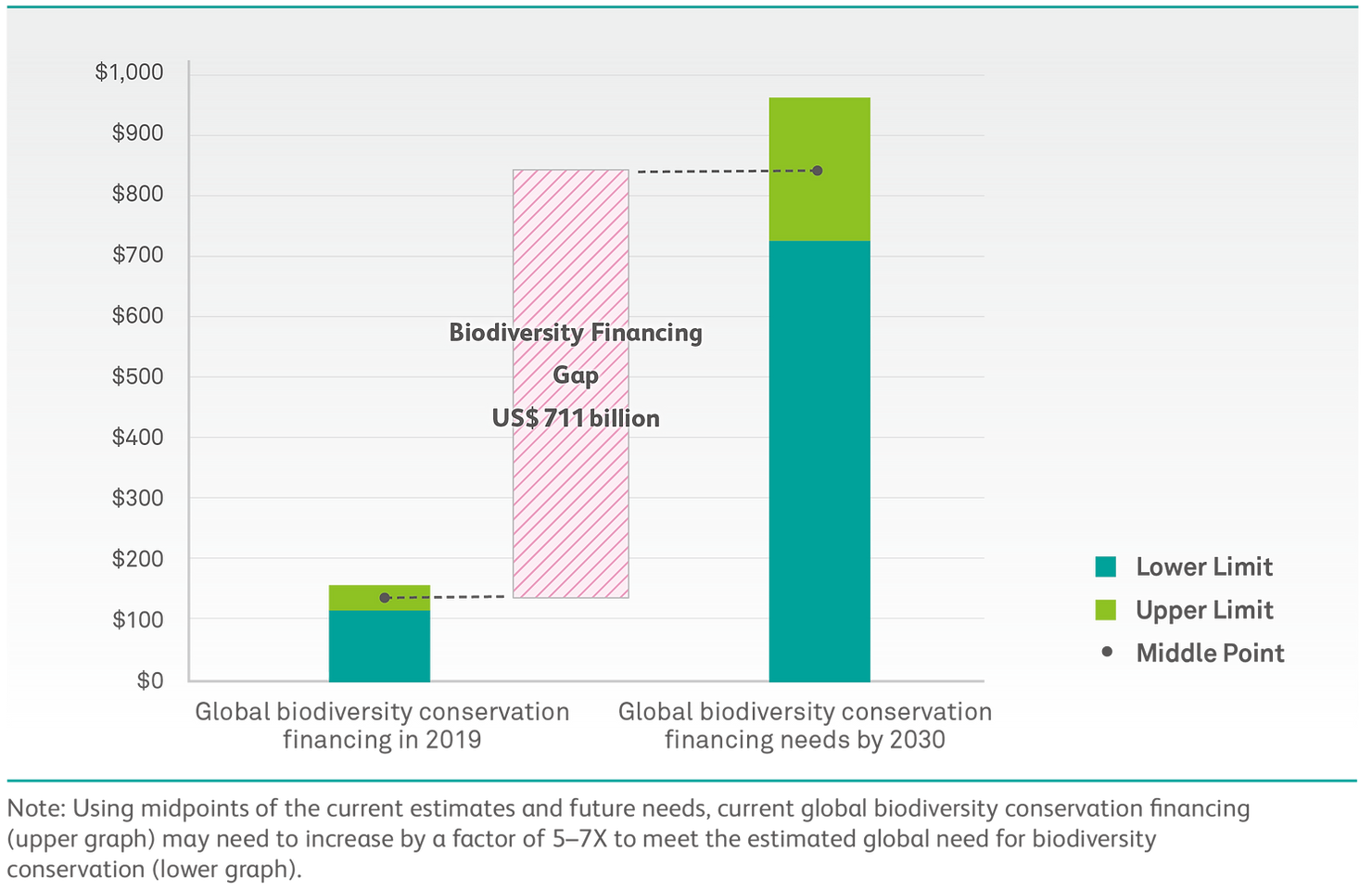
In our research, we will explore how philanthropy can best leverage its resources to catalyse the systems change needed to halt biodiversity loss.
Conventional conservation strategies typically prioritize short-term, tangible outcomes like preserving individual habitats or species. While these efforts matter, biodiversity loss is a systemic problem driven by for-profit incentives that destroy or degrade ecosystems. A systemic problem demands systemic solutions (e.g., policy change, market shaping, innovation).
Our focus areas
Using a custom-built scoring dashboard built on frameworks developed by IPBES (Intergovernmental Science-Policy Platform on Biodiversity and Ecosystem Services), we evaluated dozens of potential solutions using our scale, feasibility, and funding need framework.
We have identified two strategic focus areas to explore in our research, where we think we are likely to find highly promising philanthropic strategies:
- Preventing land use change. Land use change is the leading global driver of biodiversity loss on land. Additionally, land use change is a major source of greenhouse gas emissions, meaning that tackling this problem will fight climate change, too. We are exploring strategies that work towards a more sustainable food system and protect critical habitats.
- Reducing direct exploitation of wild species. Particularly in marine ecosystems, the overexploitation of species—especially via unsustainable or destructive fishing practices—is a top threat. We are exploring how advocating for better policies, enforcement, and innovations can stop overexploitation of the marine environment while benefiting fishing communities.
While climate is a mid-level driver of biodiversity loss, we have opted not to focus on climate change within this specific project. Our existing climate change mitigation research covers this extensively, and other biodiversity strategies tend to be more neglected, more targeted, and more quickly actionable through philanthropic support.
What's next
In the coming months, our team will dive deeper into specific interventions within these two focus areas. Our next phase will focus on identifying and evaluating high-impact organizations working in this space.
We plan to publish our findings in early 2026, including a list of top nonprofits tackling biodiversity loss at scale.
How you can help
Are you an expert in drivers of and solutions to biodiversity loss, or do you know someone who is?
We are actively looking to connect with researchers, practitioners, and funders working on addressing:
- The root causes of land use change
- Overfishing and destructive fishing
If you or someone in your network has expertise in these areas, contact us here.
Interested in working with us?
Have a climate giving challenge you'd like support with? We offer custom research and philanthropic strategy development through our consulting practice.
If you are an individual or an organization looking for evidence-based, high-impact philanthropic strategies to tackle climate challenges—whether on a national scale or a specific geography—we want to hear from you.
You can visit our Consulting Services page to learn more about our climate philanthropy consulting services, and contact us here to explore how we can work together.
Support Our Work
Giving Green Fund
One fund. Global impact. One hundred percent of your gift supports a portfolio of high-impact climate organizations, vetted by our research.
Best for:
Donors who want the simplest way to impact multiple climate solutions.
Top Climate Nonprofits
Meet the organizations on Giving Green’s list of high-impact nonprofits working to decarbonize our future, identified through our rigorous research.
Best for:
Donors who want to give directly and independently.
Support Our Work
We thoroughly research climate initiatives so you can give with confidence. For every $1 we receive, our work unlocks another $21 for effective climate solutions.
Best for:
Donors who want to amplify their impact through research.


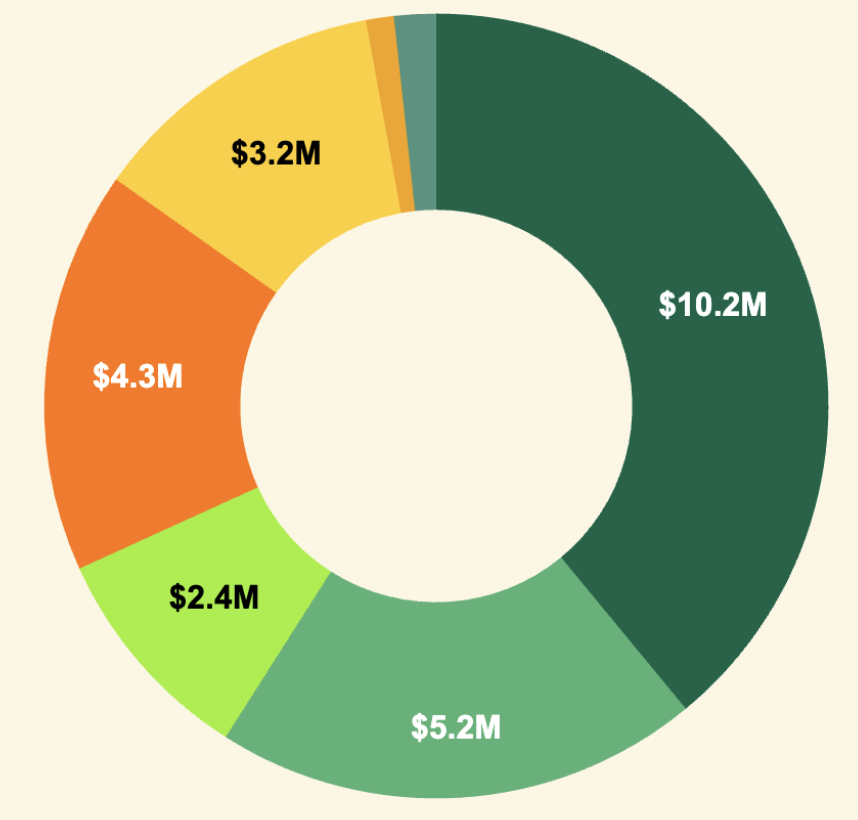
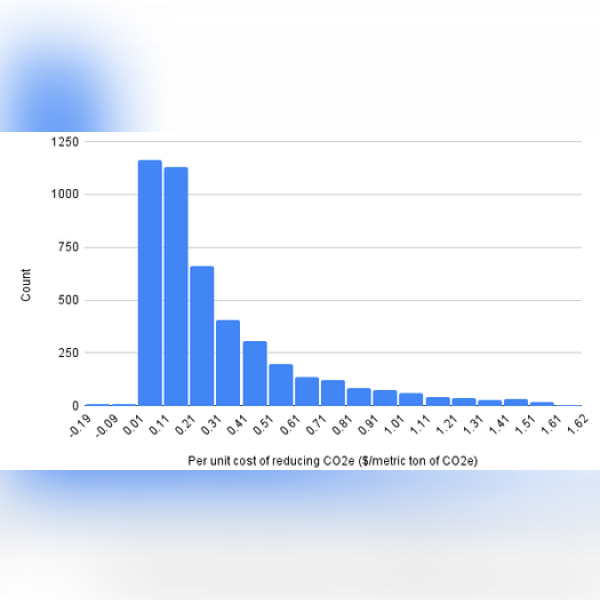

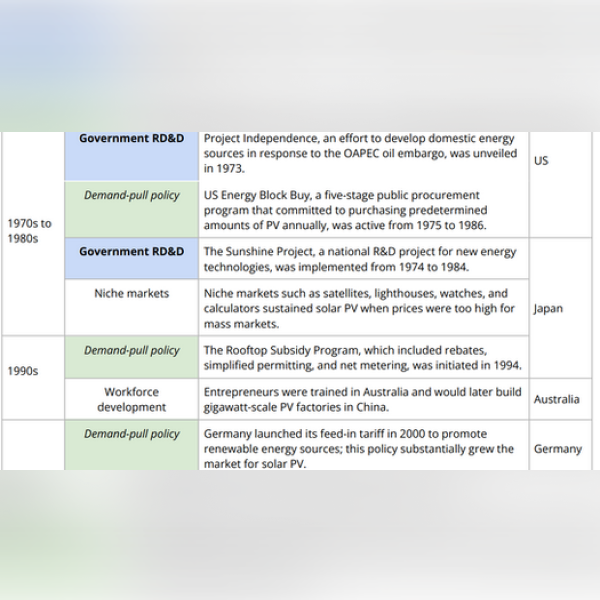
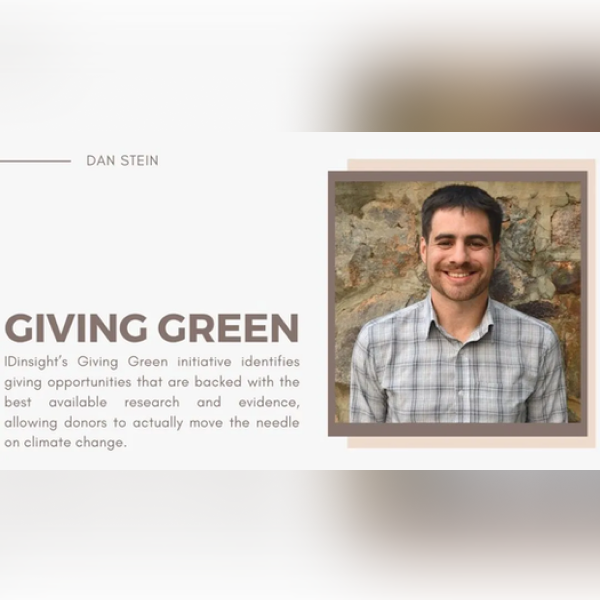






.png)







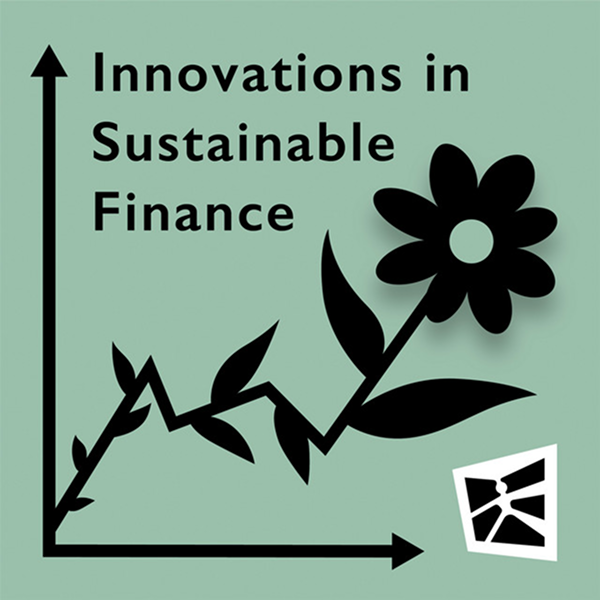
.png)






.png)
.png)










.png)
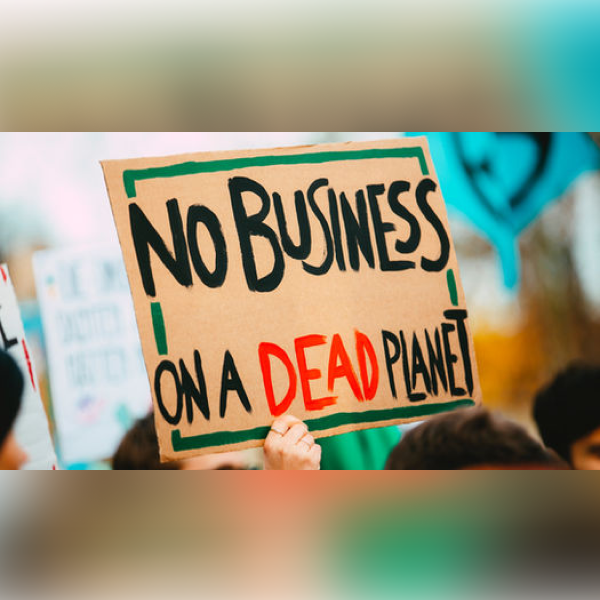







.png)




.png)


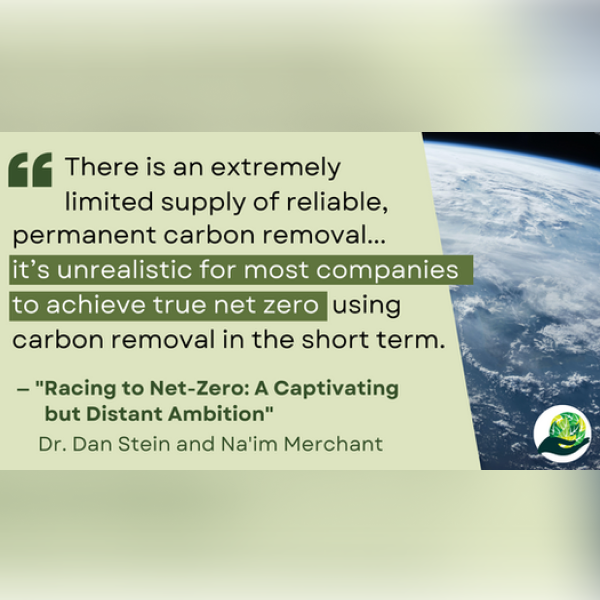

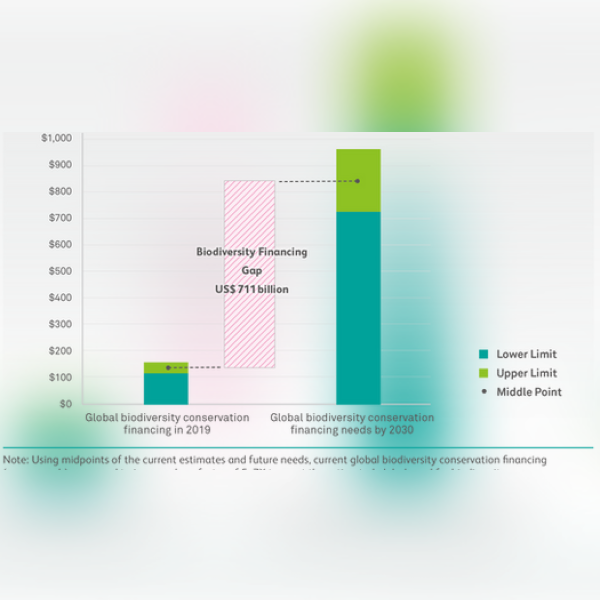
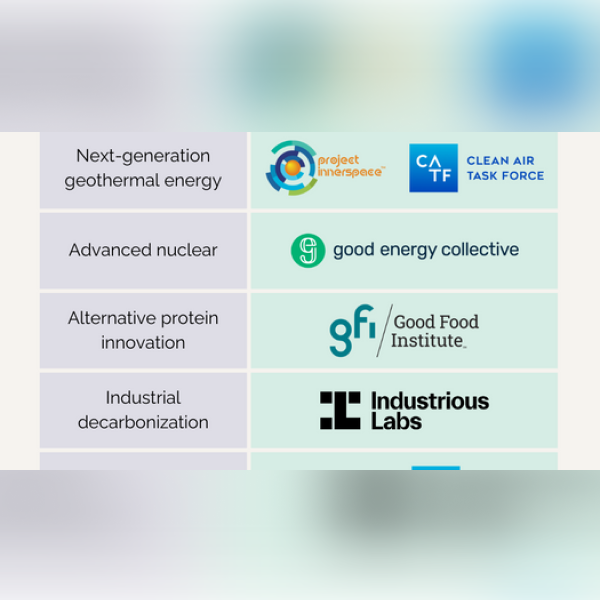






.png)




